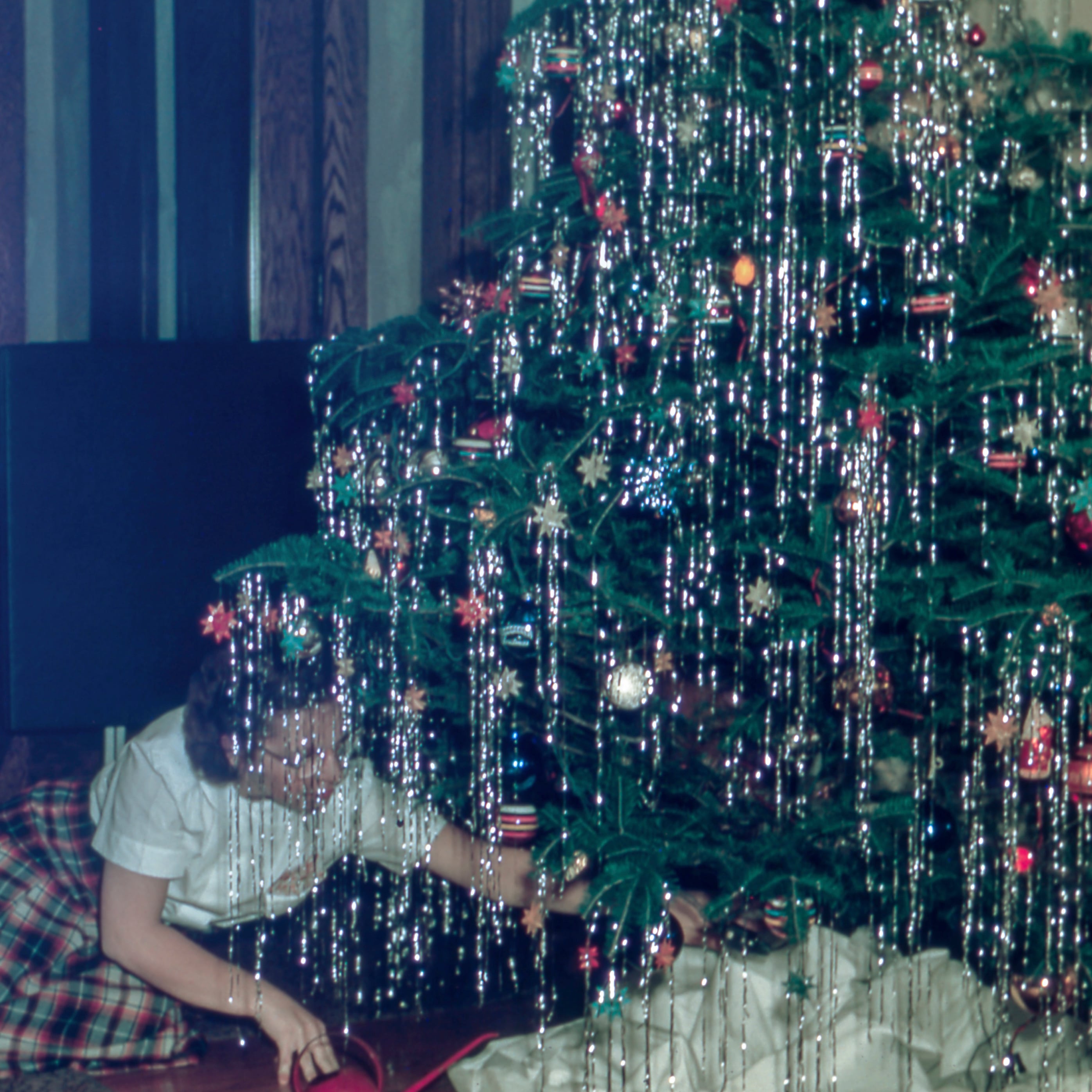All That Sparkles: The Evolution of Tree Tinsel

As the holiday season sweeps in, adorning our homes with festive decor becomes a cherished tradition. Among the many ornaments that bedeck our trees, there's one that holds a fascinating history: tree tinsel. Once crafted from extruded silver, this shimmering adornment has evolved from opulence to accessibility while retaining its magical allure.
Tinsel, derived from the Old French word "estincele" meaning spark, originally found its place on trees in the 1600s. Back then, it was made of real silver, painstakingly beaten into thin strips and draped over branches, reflecting the candlelight and infusing the room with an enchanting glow.
However, the expense and meticulous craftsmanship required for silver tinsel likely rendered it a luxury only the affluent could afford. And its tendency to tarnish, lead to the substitution of other shiny metals and eventually plastic. It wasn't until the early 20th century that a more accessible version emerged, crafted from lead. Despite its affordability, lead tinsel was later phased out due to health concerns, prompting the transition to modern materials like aluminum and plastic.
Today, tinsel comes in a myriad of colors and styles, allowing for creative expression while maintaining its timeless essence. From classic silver strands reminiscent of its luxurious origins to vibrant hues that resonate with modern festivities, the versatility of tinsel continues to captivate.
The evolution of tinsel reflects not only changes in manufacturing but also the evolution of holiday traditions.
Reference: https://en.wikipedia.org/wiki/Tinsel
- Most Viewed Blog Articles (5)
- Company News (285)
- Emerging Technologies (64)
- Microbiology and Life Science News (93)
- Water and Fluid Separation News (97)
- Filtration Resources (93)
- Product News (19)


![Join Sterlitech at BIO 2024 [Booth #5558]: Exploring the Future of Biotechnology](https://www.sterlitech.com/media/blog/cache/300x200/magefan_blog/b4.jpeg)



